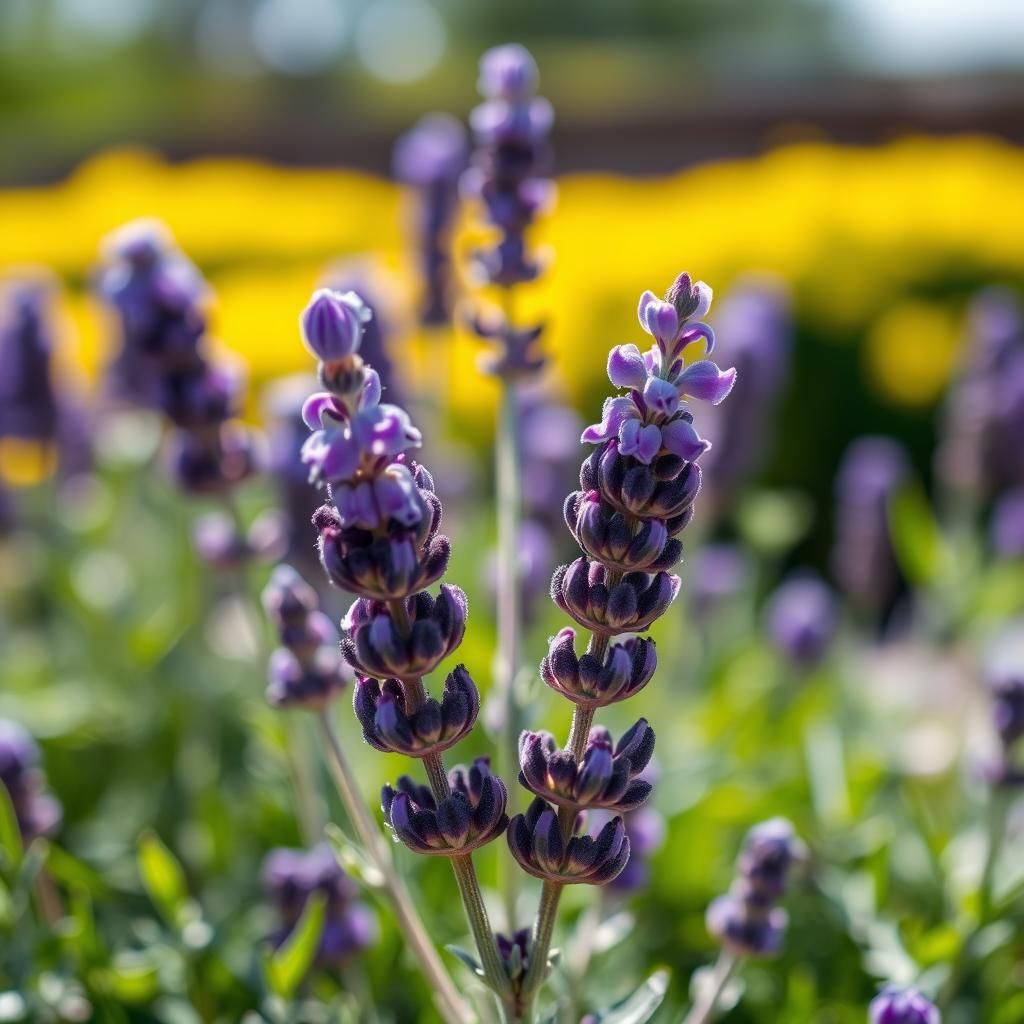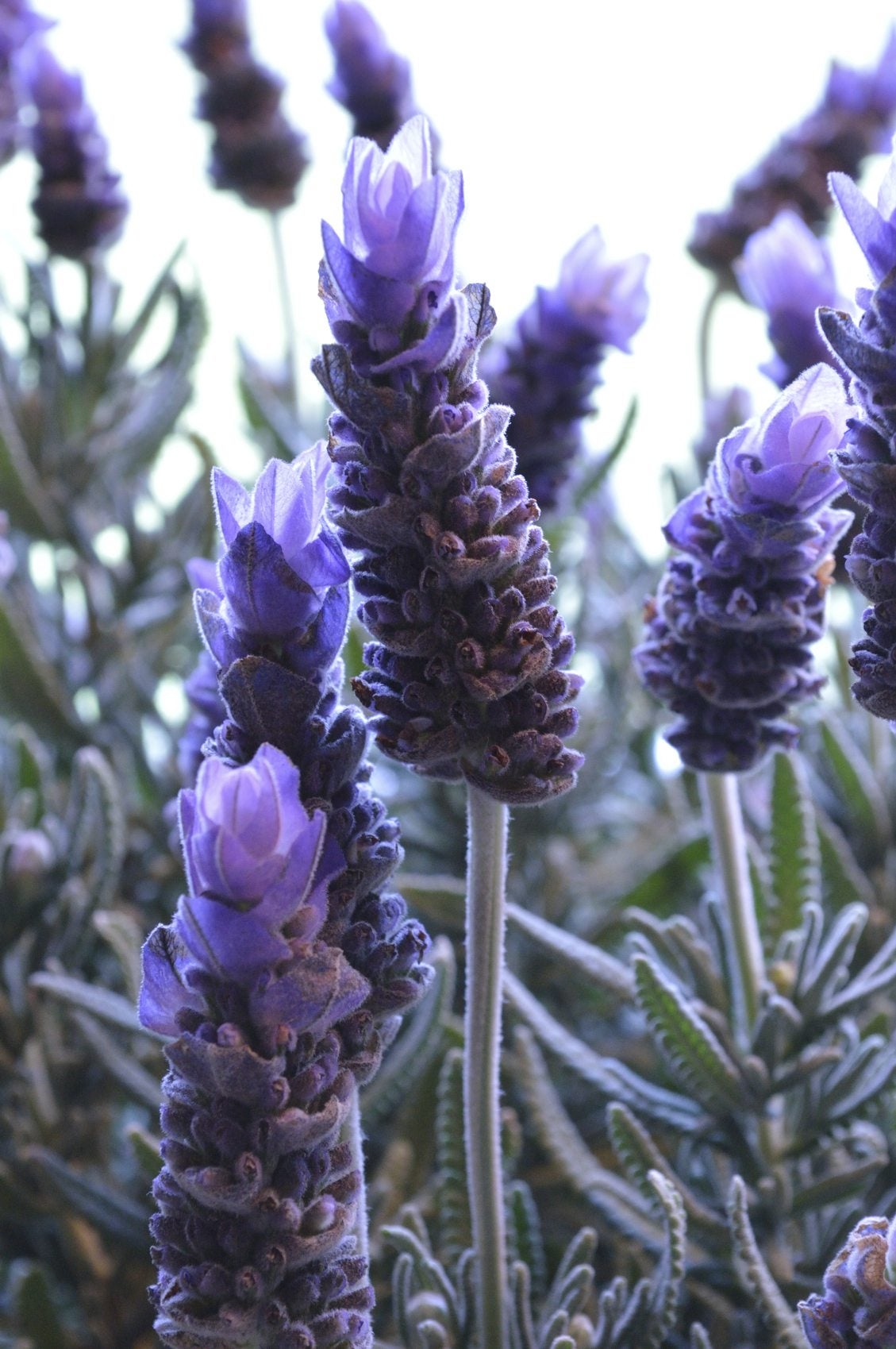The Ultimate Guide to Choosing the Best Fertilizer for Lavender Plants

Lavender plants are cherished for their beauty, fragrance, and versatility in gardens and landscapes. However, to thrive and bloom to their fullest potential, they need the right care, including proper fertilization. Choosing the best fertilizer for lavender can be a daunting task, especially with the myriad of options available on the market. This ultimate guide will provide you with essential insights into the nutritional needs of lavender, the types of fertilizers that work best, and application techniques to ensure your plants not only survive but flourish. Dive in to discover how to cultivate stunning lavender with the perfect fertilizer.
Choosing the Right Fertilizer for Lavender Plants
When it comes to nurturing lavender plants, selecting the appropriate fertilizer is crucial to their growth and health. Lavender thrives in well-draining soil that is low in nutrients, so a low-nitrogen fertilizer is ideal. This is because an excess of nitrogen can lead to lush foliage at the expense of blooming, which is what makes lavender so desirable. Many gardeners prefer to use organic fertilizers, such as bone meal or compost, ensuring that the soil remains enriched yet not overly nutrient-dense. It's also advisable to fertilize lavender sparingly, ideally in the spring before the growing season peaks, to promote vibrant flowers without compromising the plant's natural resistance to drought and disease.
Benefits of Low-Nitrogen Fertilizers
Using low-nitrogen fertilizers for lavender plants helps maintain their characteristic growth patterns and encourages abundant flowering. High nitrogen levels can cause significant leafy growth, overshadowing the plant's aromatic flowers. Instead, low-nitrogen options support the development of a robust root system while allowing the plants to focus on producing their signature blooms, which are often sought after for both ornamental and aromatic uses.
Organic Fertilizer Options
Organic fertilizers, such as compost and bone meal, are excellent choices for those growing lavender. These natural options provide essential nutrients without the risk of over-fertilizing. Compost enhances soil health, improves drainage, and gradually releases nutrients, while bone meal offers a rich source of phosphorus, vital for root development and flowering. Incorporating these organic materials not only feeds the lavender but also nurtures the overall ecosystem in the garden.
When to Fertilize Lavender
The timing of fertilization plays a significant role in the health of lavender plants. The best time to apply fertilizer is in early spring, just before the plants begin to actively grow. This allows the plants to utilize the nutrients during their critical growth period. Avoid fertilizing in late summer or fall, as it can stimulate new growth that might not-harden off before winter, making the plants more vulnerable to cold temperatures.
Signs Your Lavender Needs Fertilization
One of the common signs that your lavender may need fertilization is a decrease in flower production. When the plant begins to look stressed, with yellowing leaves or slow growth, it might indicate nutrient deficiencies. However, it's essential to ascertain whether these symptoms are due to lack of nutrients, poor drainage, or disease before applying any fertilizer. Observing the overall condition of the plant, along with soil tests, can provide clearer insights into its fertilization needs.
How to Apply Fertilizer to Lavender
Applying fertilizer to lavender plants requires careful attention to prevent damage. Begin by mixing the fertilizer into the top layer of soil, ensuring that it's evenly distributed, which promotes better absorption. For granular fertilizers, be cautious not to pile them against the plant's base, as it can lead to root burn. Instead, apply a light dose and follow with thorough watering to help the nutrients penetrate the soil. This method not only maximizes nutrient uptake but also minimizes potential stress for the plants.
| Fertilizer Type | Nitrogen Content | Best Time to Apply | Benefits |
|---|---|---|---|
| Low-Nitrogen Granular | 5% | Early Spring | Encourages flowering |
| Organic Compost | N/A | Spring and Fall | Improves soil health |
| Bone Meal | 4% | Before Blooming | Promotes root growth |
| Liquid Fertilizer | 10% | Spring | Quick nutrient absorption |
| Fish Emulsion | 5% | Growth Season | Enhances overall health |
What is the best fertiliser for lavender?

The best fertilizer for lavender is one that supports its unique growth requirements. Lavender thrives in well-drained, slightly alkaline soil and does not respond well to high-nitrogen fertilizers. The ideal fertilizer for lavender should be low in nitrogen and high in phosphorus and potassium, which promote strong root development and abundant flowering.
See also:
Recommended Fertilizer Types
Lavender benefits from specific types of fertilizers that cater to its needs. Here are the recommended options:
- Organic fertilizers like compost or well-rotted manure improve soil structure and provide micronutrients without excessive nitrogen.
- Granular slow-release fertilizers formulated for flowering plants, with a ratio such as 4-10-10, provide gradual nutrient release.
- Liquid fertilizers diluted to half-strength can also be used when needed, especially during the growing season to boost blooming.
When to Fertilize Lavender
Timing is crucial for fertilizing lavender correctly. Typically, you should apply fertilizer at specific times to support growth without harming the plant:
- During early spring, just as new growth begins, fertilizer can be applied to provide essential nutrients.
- In mid-summer, a second application can help sustain blooming, but be cautious not to over-fertilize.
- Do not fertilize in late fall or winter, as lavender enters dormancy and does not require any additional nutrients.
How Much Fertilizer to Use
Applying the correct amount of fertilizer is essential for healthy lavender growth. Here’s a guideline:
- For granular fertilizers, use about 1 ounce per plant, spread evenly around the base.
- When using liquid fertilizers, adhere to label instructions for dilution, generally applying every 4-6 weeks during the growing season.
- Over-fertilizing can lead to lush growth with fewer blooms, so it's important to stick to these guidelines.
Signs of Nutrient Deficiency
Recognizing nutrient deficiencies in lavender can help address issues promptly. Look for these symptoms:
- Pale or yellowing leaves may indicate a nitrogen deficiency, though lavender requires minimal nitrogen.
- Stunted growth or reduced flowering suggests insufficient phosphorus, essential for bloom development.
- Leaf drop or wilting may be a sign of nutrient imbalance or inappropriate watering practices.
Soil Considerations for Fertilizing Lavender
The soil conditions significantly affect the success of lavender fertilization. Here are some important considerations:
- Soil pH should ideally be between 6.5 and 7.5 to promote optimal nutrient absorption.
- Well-drained soil is critical; lavender roots are susceptible to rot in poorly draining conditions.
- Incorporate sand or gravel into the soil to improve drainage and mimic lavender’s natural habitat.
Organic Vs. Synthetic Fertilizers
Understanding the difference between organic and synthetic fertilizers can influence your choice:
- Organic fertilizers, such as compost or bone meal, enrich the soil organically and improve its overall health.
- Synthetic fertilizers can deliver quick results but may disrupt soil biology if overused.
- Choose organic options for a more sustainable approach that enhances the soil environment long-term.
Should I fertilize my lavender plant?

Fertilizing lavender plants is often a topic of debate among gardeners. Generally, lavender prefers poor, well-draining soil, and excessive fertilization can lead to unwanted foliage growth, decreased fragrance, and fewer blooms. However, there are certain circumstances where fertilization can be beneficial.
See also:
When to Fertilize Lavender
Lavender should generally be fertilized in the spring, just as new growth begins. This timing supports the plant’s natural growth cycle, allowing it to absorb nutrients effectively before the blooming season. Watch for the following signs:
- New growth starts to appear.
- Soil nutrient deficiency symptoms show, such as stunted growth.
- Early bloomers exhibit less vibrant flowers.
Types of Fertilizers Suitable for Lavender
When selecting a fertilizer, look for low-nitrogen formulas, as excessive nitrogen can promote leafy growth at the expense of flowers. Consider the following options:
- Organic compost - enriches the soil without high nitrogen content.
- Bone meal - provides phosphorus for healthy blooming.
- Slow-release fertilizers - ensure a steady supply of nutrients over time.
Signs of Over-Fertilization in Lavender
Too much fertilizer can harm lavender plants, and recognizing the symptoms is crucial for their health. Keep an eye out for:
- Excessive leaf growth with few flowers.
- Weak stems that can't support the foliage.
- Leaf burn, where tips turn brown or yellow.
How to Apply Fertilizer to Lavender
Proper application of fertilizer is essential to ensure that lavender receives the right amount. Follow these guidelines for effective application:
- Apply fertilizer at the base of the plant to avoid leaf contact.
- Water the plant after fertilizing to help the nutrients soak into the soil.
- Follow the manufacturer’s instructions for dosage to prevent over-fertilization.
Alternative Care Techniques for Healthy Lavender
Instead of relying heavily on fertilizers, consider other care techniques that can promote healthy growth. Some effective methods include:
- Choose the right location with full sun exposure.
- Ensure well-draining soil to prevent root rot.
- Regularly prune your lavender to encourage bushy, healthy growth.
Questions from Our Readers
What type of fertilizer is best for lavender plants?
The best type of fertilizer for lavender plants is one that is low in nitrogen and high in potassium and phosphorus. A balanced fertilizer or one specifically formulated for herbs can also work well. Lavender thrives in well-draining soil and does not require excessive nutrients, so it’s important to choose a product that supports its growth without overwhelming it.
How often should I fertilize my lavender plants?
Lavender plants generally benefit from fertilization once in the spring, just as they begin to grow after winter dormancy. Over-fertilizing can lead to leggy growth and reduced flower production, so it's crucial to apply fertilizer sparingly and monitor the plant’s health throughout the growing season.
Can I use organic fertilizer for my lavender?
Yes, organic fertilizers such as compost, bone meal, or fish emulsion are excellent choices for lavender plants. These organic options provide nutrients in a slow-release manner, which is beneficial for soil health and promotes robust lavender growth without the risk of chemical burn.
What are the signs that my lavender needs fertilization?
Signs that your lavender plants may need fertilization include stunted growth, pale leaves, or a lack of flowering. Additionally, if the plants appear to be struggling after growing in the same soil for several seasons, it might be a good idea to apply a light application of fertilizer to rejuvenate them.
See also:

If you want to read more articles like The Ultimate Guide to Choosing the Best Fertilizer for Lavender Plants, we recommend you check out our Fertilise category.
Leave a Reply
Related Articles